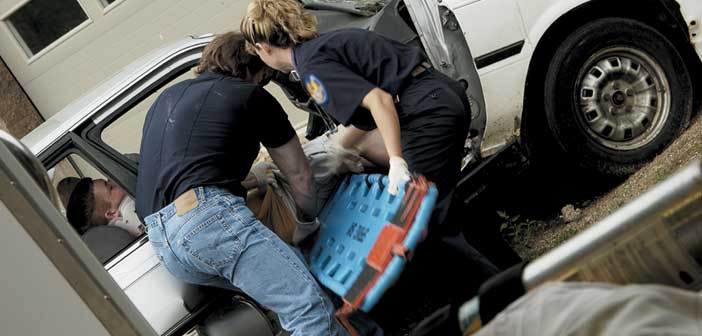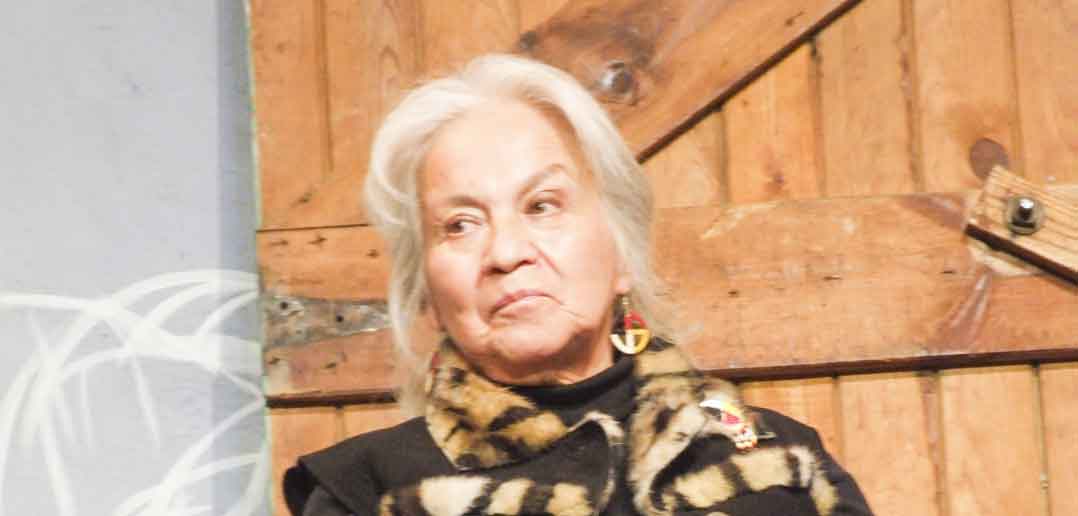MANITOULIN—During the March meeting of the Manitoulin-Sudbury District Services Board (DSB), members learned of the province’s new initiative in moving toward a model of paramedicine, utilizing paramedics in Northern and rural areas of the province with lower call volumes in a number of new ways with the goal of limiting the number of emergency and hospital visits.
Michael MacIsaac, chief of emergency medical services (EMS) for the DSB, explained to the board that in January the Ministry of Health and Long Term Care (MOHLTC) announced a one-time pot of funding in the amount of $6 million.
He pointed to the report ‘Living Longer, Living Well’ by Dr. Samir Sinha, who is leading the province’s seniors care strategy. The report states that rural and Northern communities would benefit the most from paramedicine, which can take form in any number of ways. “There’s not one thing you can put your finger on,” the EMS chief said.
[pullquote]“This can meaningfully reduce 9-1-1 calls and emergency room visits,” he added.[/pullquote]
Mr. MacIsaac explained that the MOHLTC has categorized paramedicine into five potential channels. First, paramedic referrals is the most frequent form of paramedicine currently used in Ontario. Often referred to as community referrals by EMS (CREMS), this program typically assesses a client identified through a 9-1-1 call or through a referral from another health provider, Mr. MacIsaac’s report states. Based on the assessment, the paramedics will refer the patient to another health service, frequently a community care access centre (CCAC), he explained.
Second is a circle of care partnerships which involves partnerships between the community paramedcine program and other health or social service providers such as Family Health Teams or assisted community living programs. Programs, he said, can include shared care, referrals to or from the paramedicine program and other providers or the sharing of patient information and assessment protocols. “Paramedicine providers become an extension of the circle of care through home visits and other activities.”
Third are community paramedicine clinics that could include a wide range of activities from blood pressure and glucose monitoring to immunization.
The fourth option is community paramedicine-directed home services. This would include paramedicine-led activities intended to monitor a patient’s health and living status and may also include interventions/assessments/treatments such as blood pressure monitoring, assistance with physiotherapy exercises and other activities.
The fifth channel is paramedicine community education. This, Mr. MacIsaac explained, includes a wide range of health promotion/education activities through paramedicine which could include a CPR training “blitz,” falls prevention or home safety.
“From an EMS perspective, we are trying to reduce calls,” Mr. MacIsaac said, noting that ambulance calls for service are five times more likely from senior citizens, but seniors are currently only 14 percent of the Ontario population.
“We are also trying to delay seniors from entering the hospital and keeping them at home for as long as possible,” he added.
Mr. MacIsaac said there is one study currently underway in York Region which aims to quantify paramedicine and its savings to the health care system, but results from this study are not due until 2015.
The province has also looked in-depth at paramedicine studies in rural Nova Scotia, which saw a 42 percent reduction in health care costs per resident and Sheffield, England where paramedics received more advanced training which allowed them to ‘treat and release’ for minor ailments.
There is an April 17 deadline for the funding application, and the Manitoulin-Sudbury DSB has been in discussion with the Algoma and Cochrane DSBs to partner in a joint proposal, the EMS chief said. The max $300,000 funding would go toward the creation of a set of policies, procedures and a framework.
Shawnda Martin-Cross of French River questioned CAO Fern Dominelli as to who would benefit from paramedicine.
Mr. Dominelli explained that bases with a low call volume and a certain amount of “down time” would be the likely candidates of a paramedicine, noting that the paramedics are being paid regardless of their number of calls.
The board passed a motion that the DSB move forward in its joint funding application toward a Manitoulin-Sudbury community paramedicine program.




